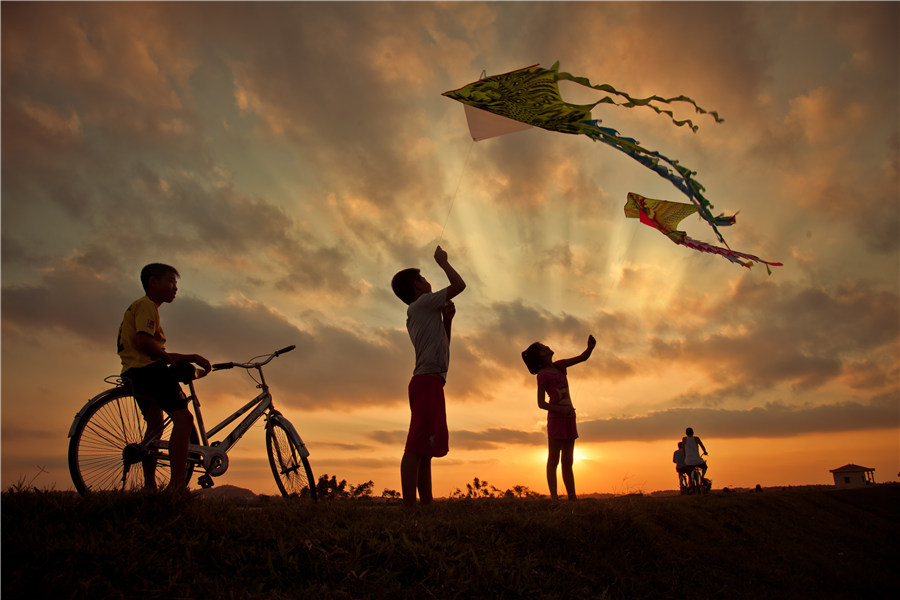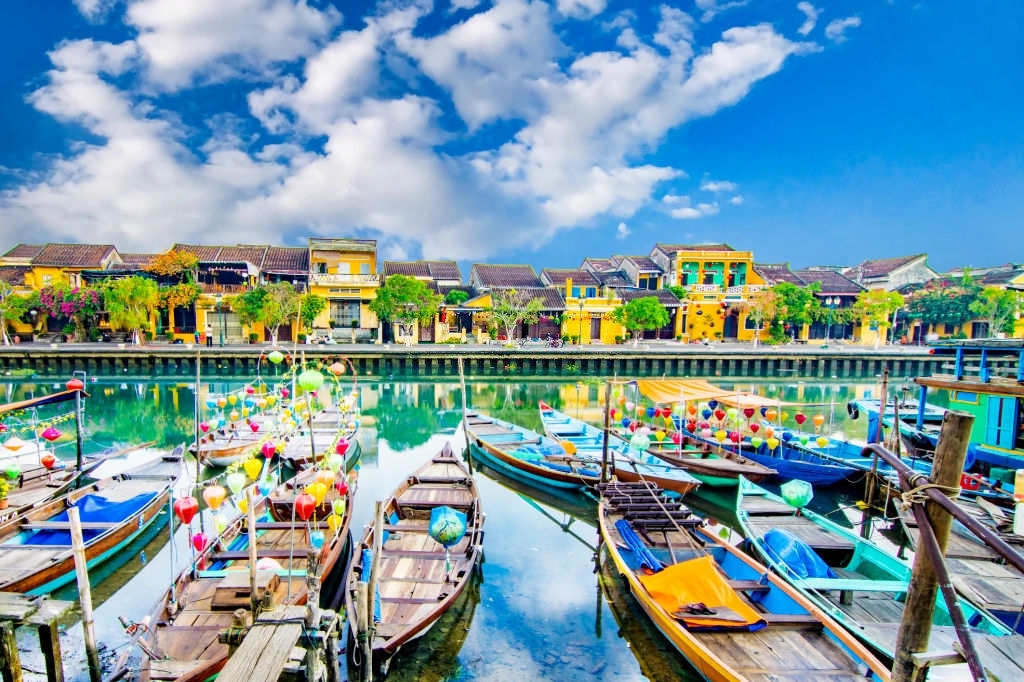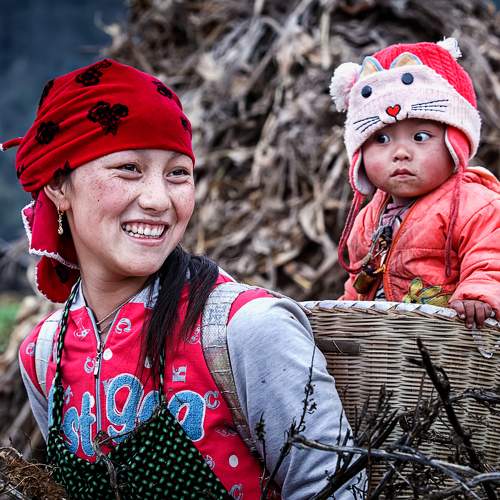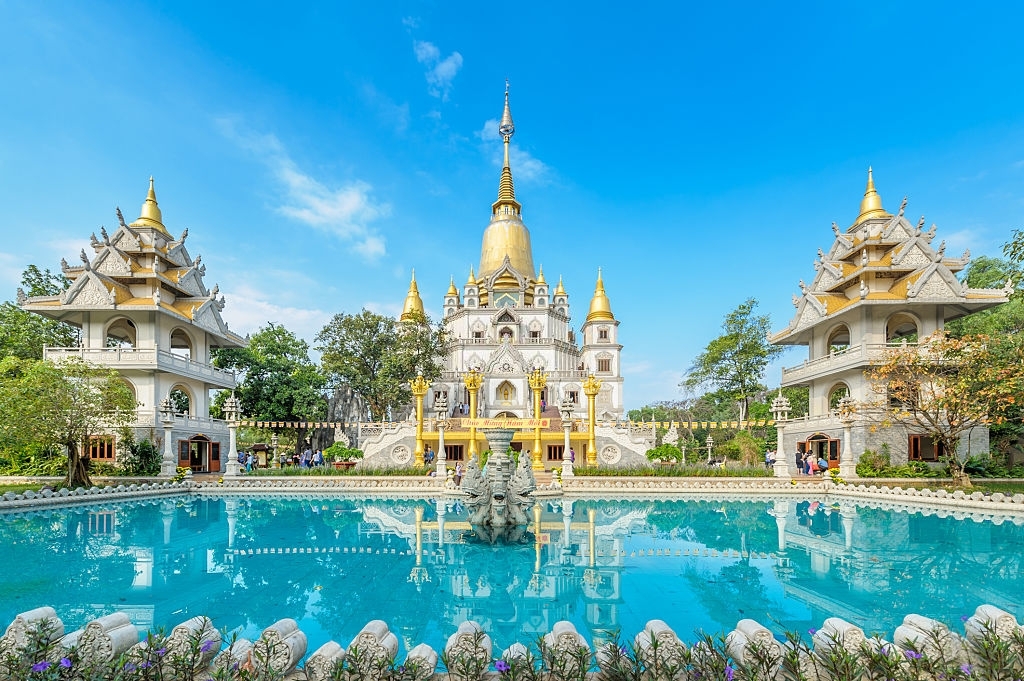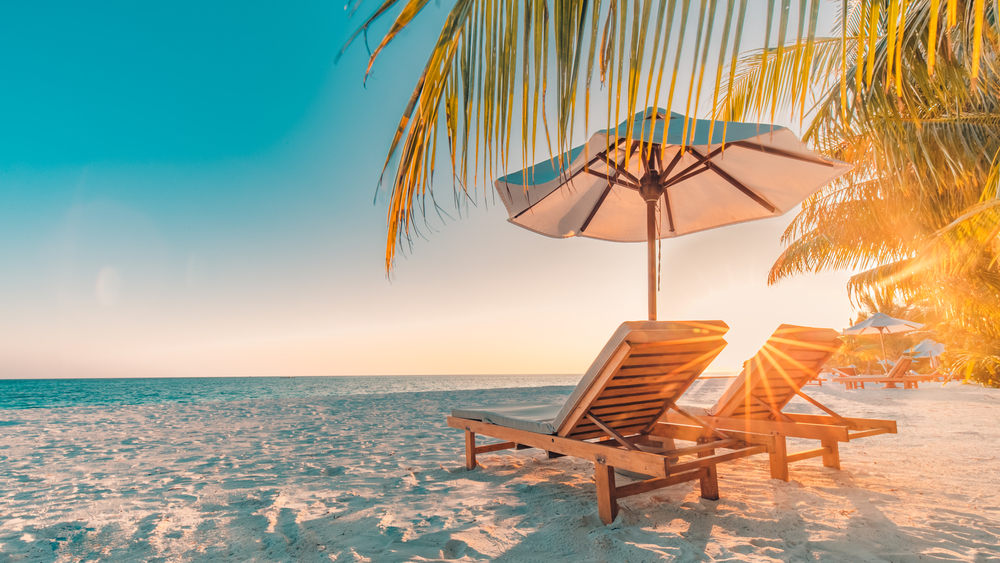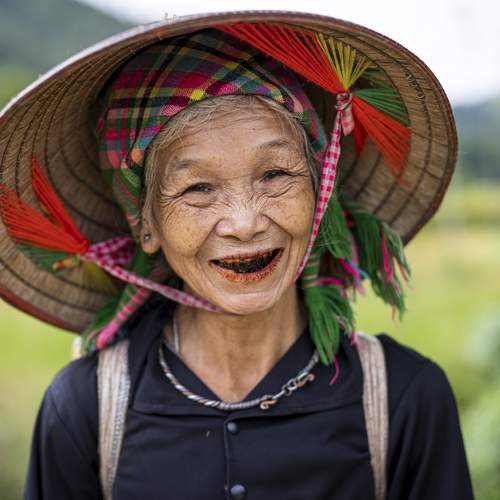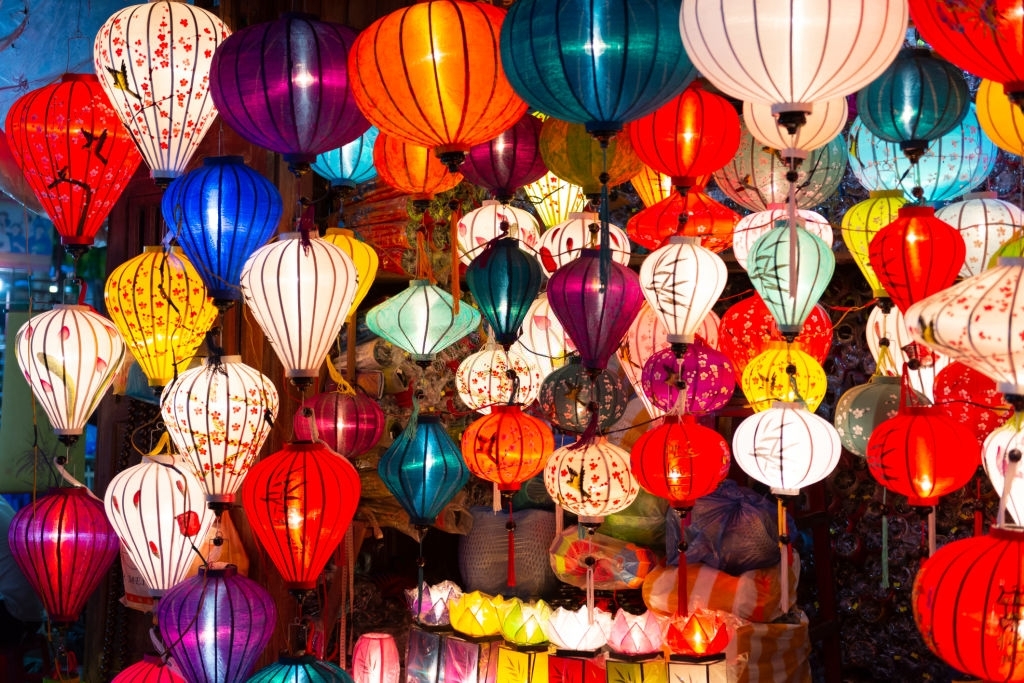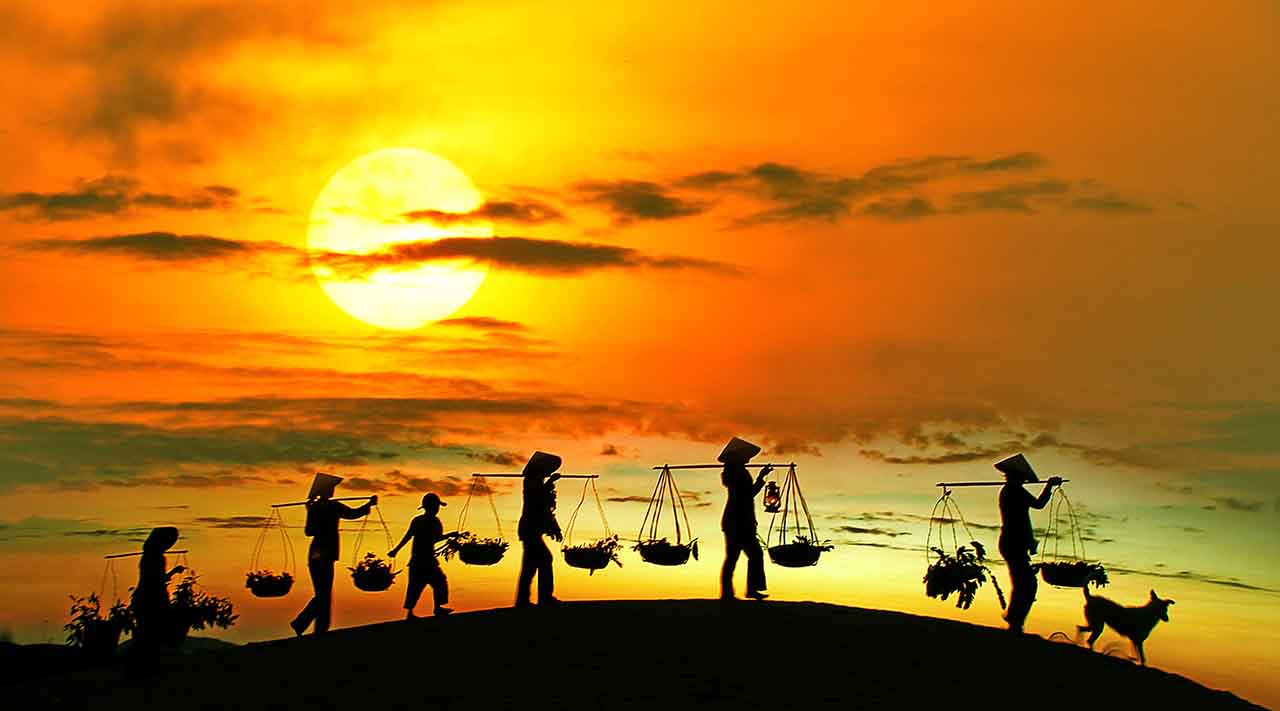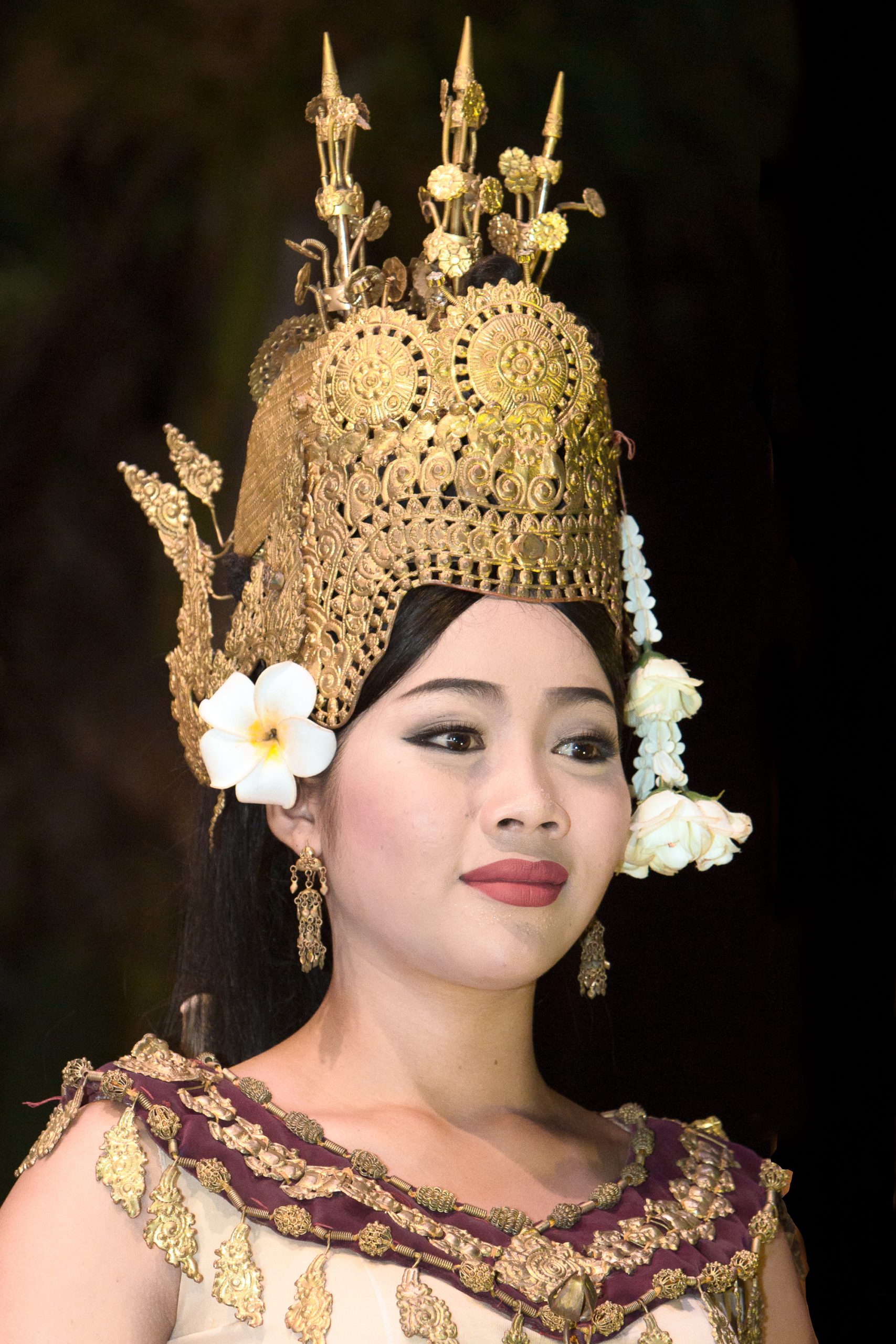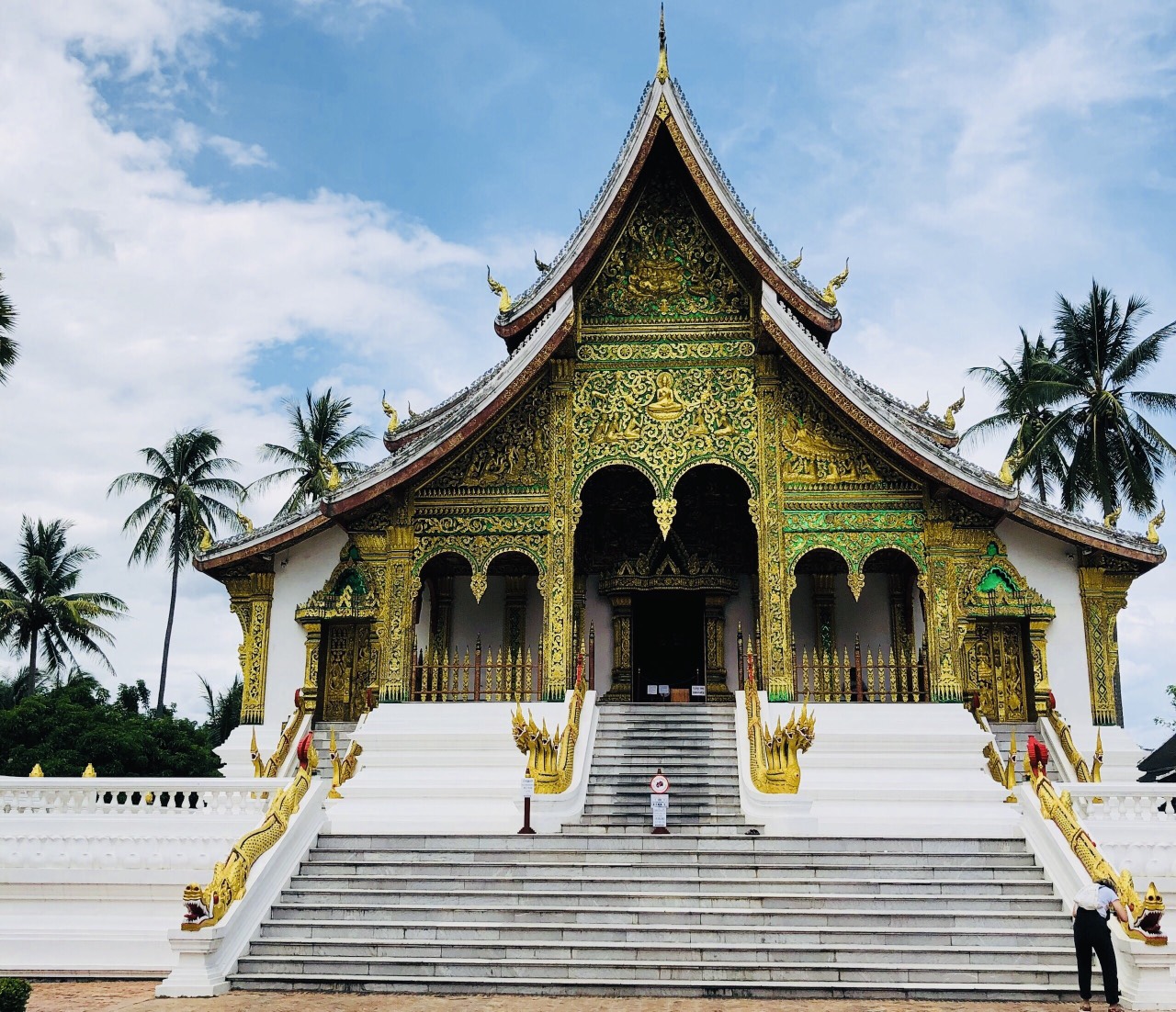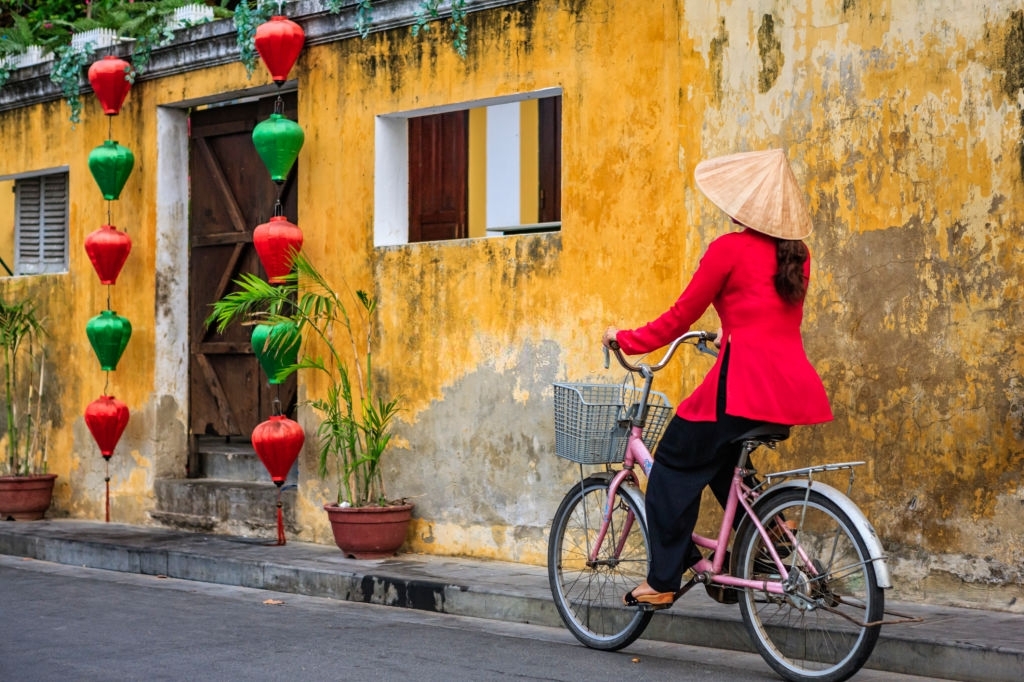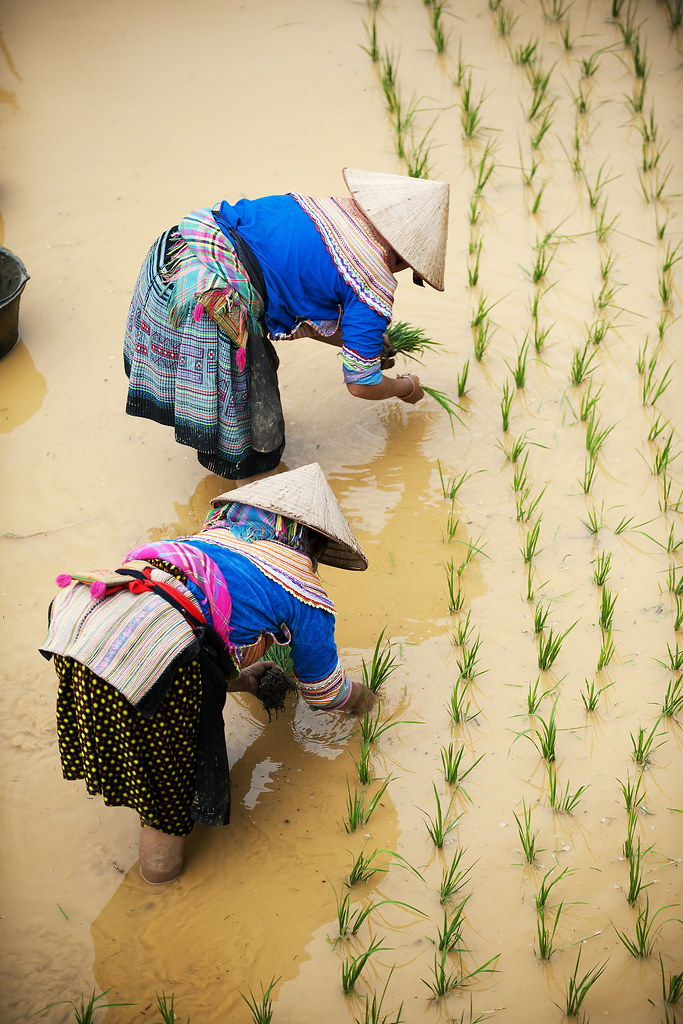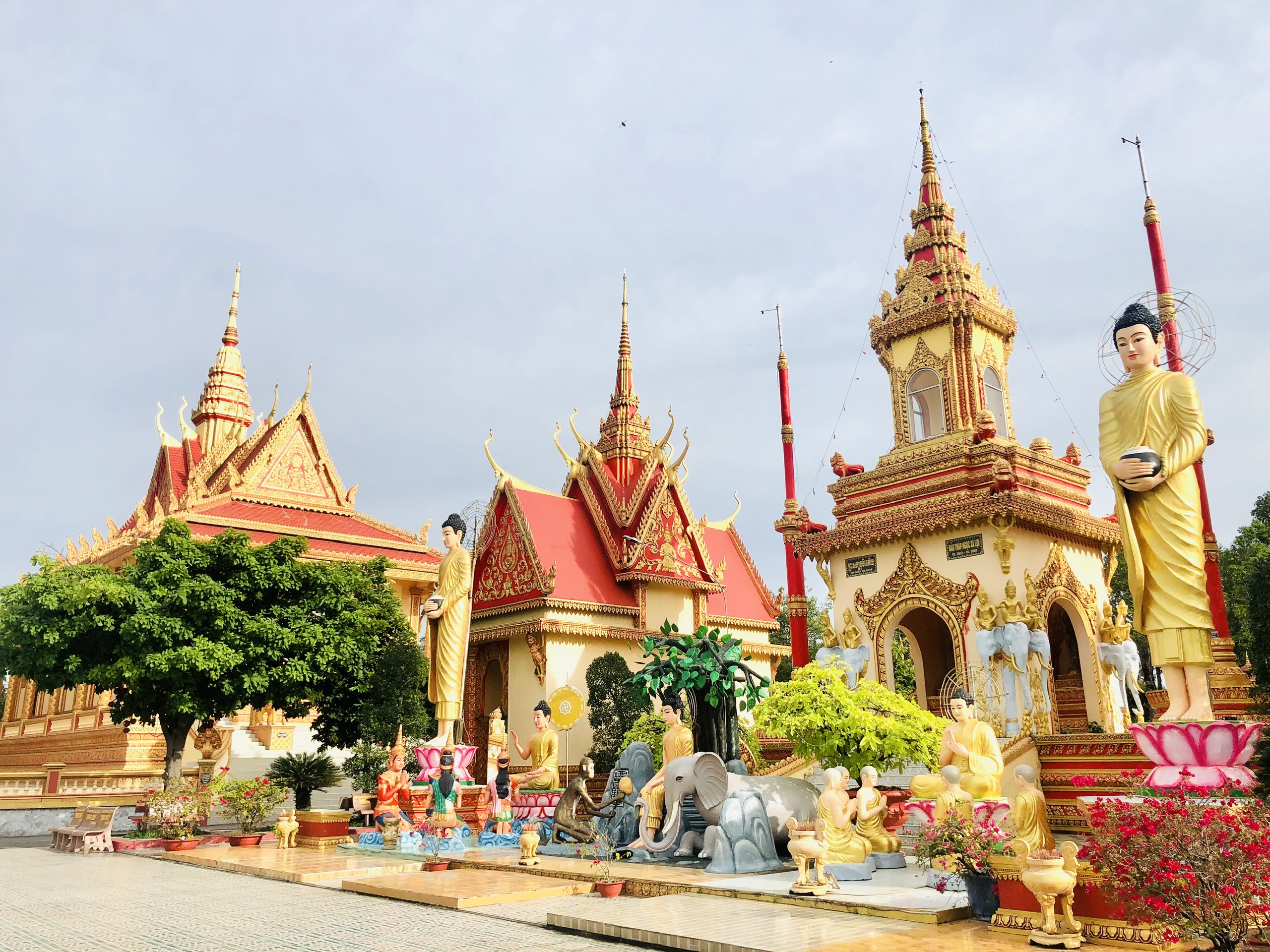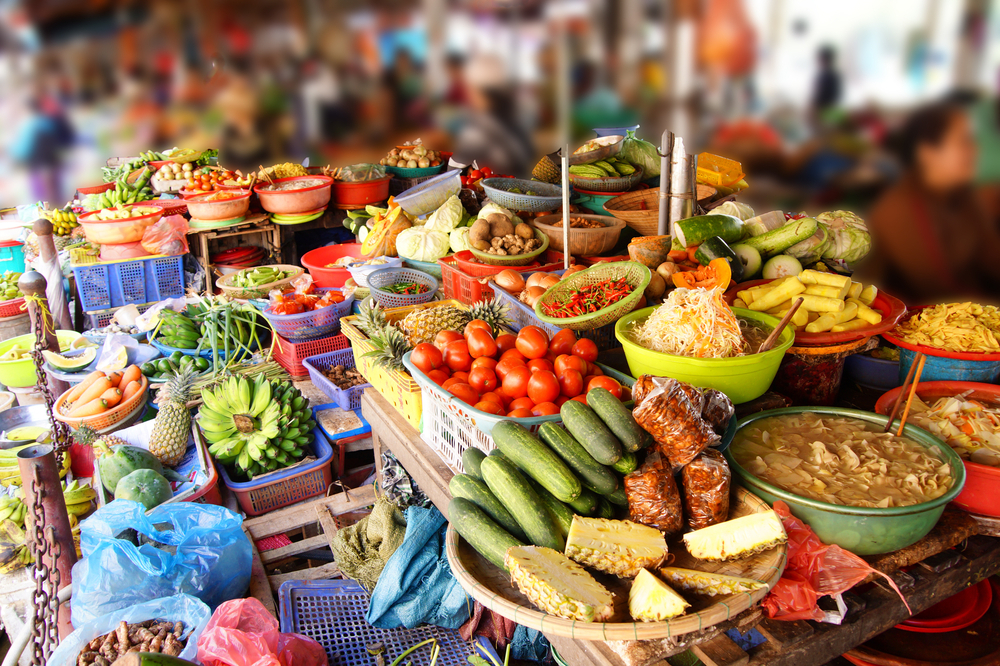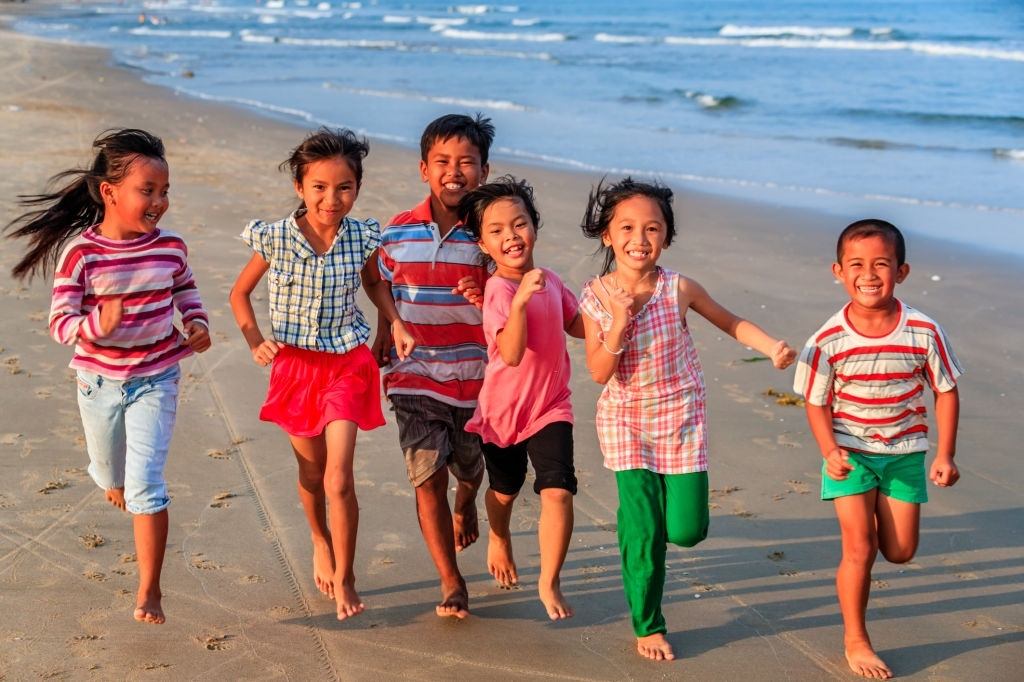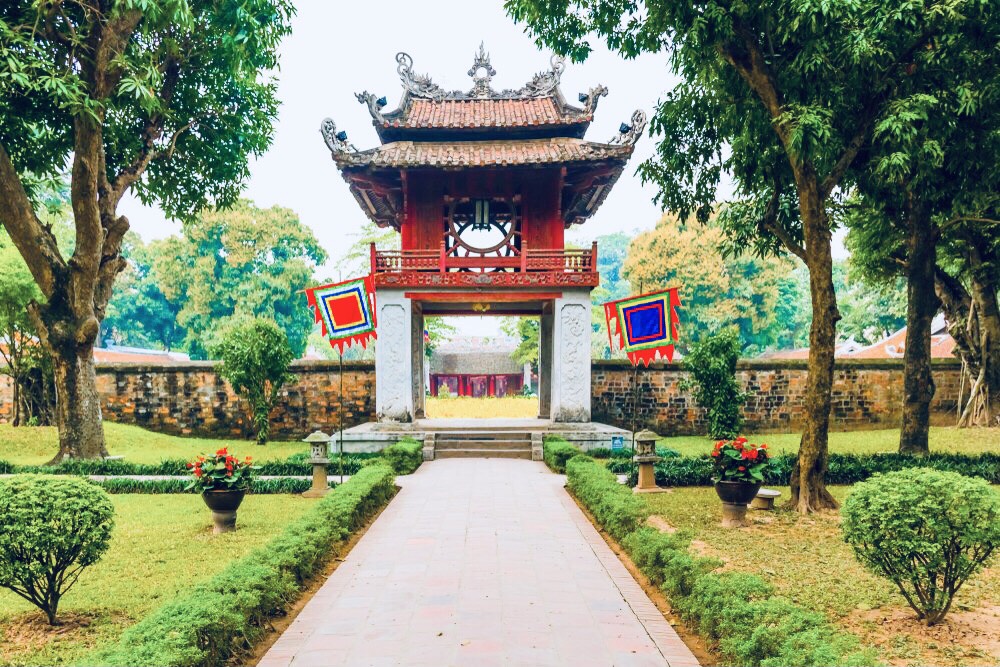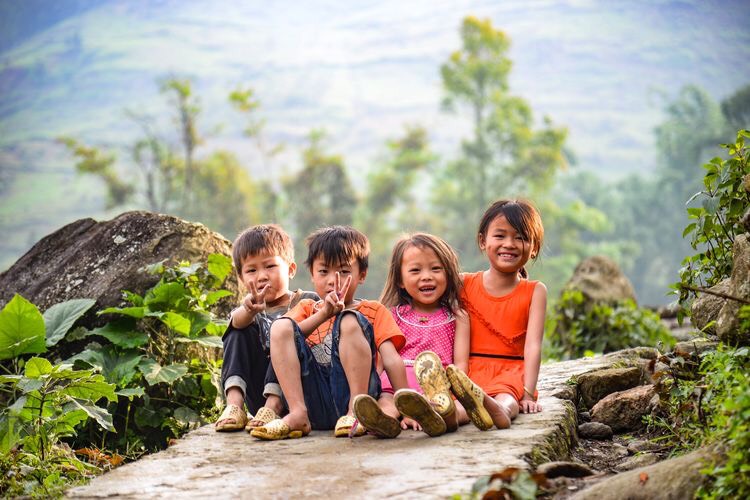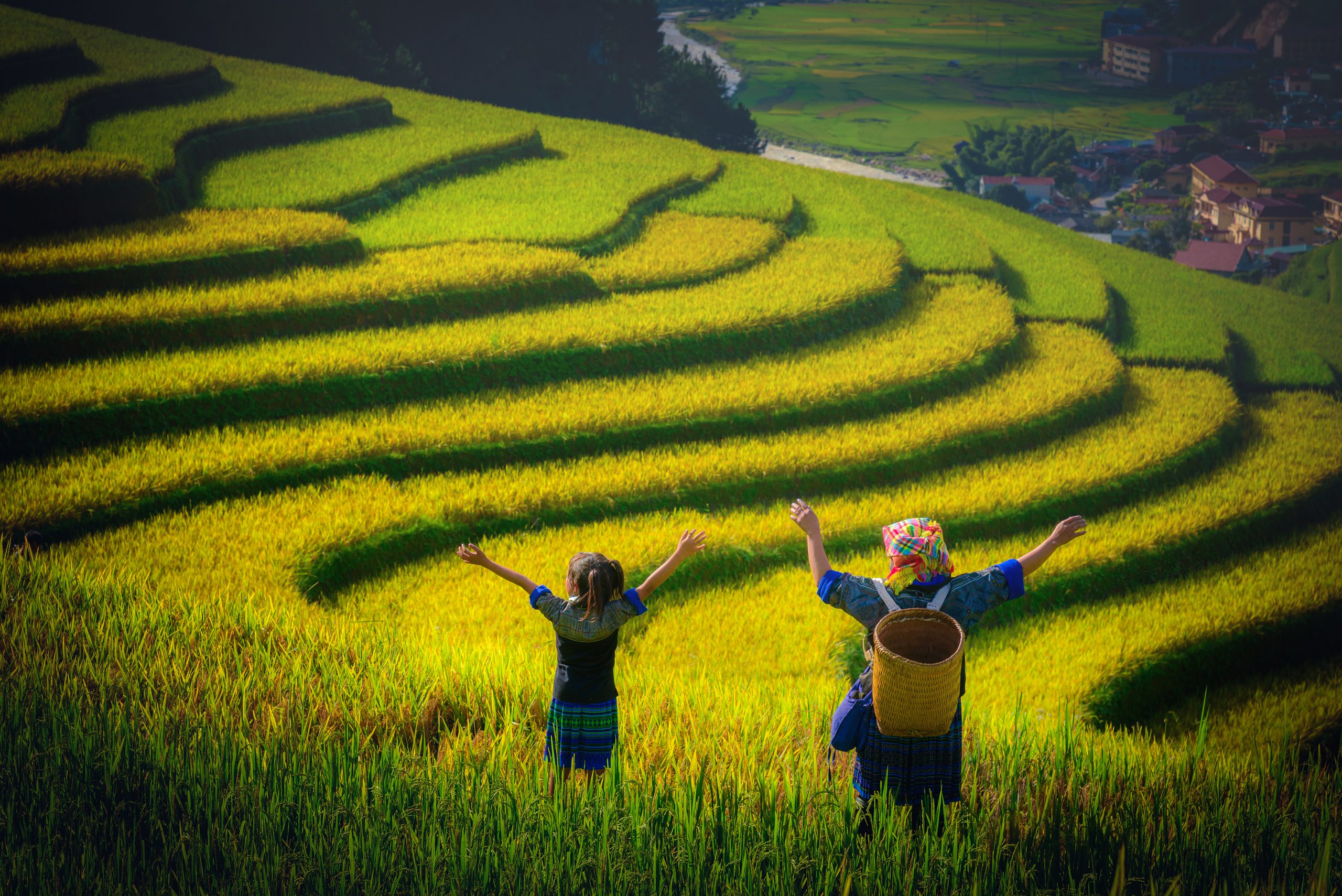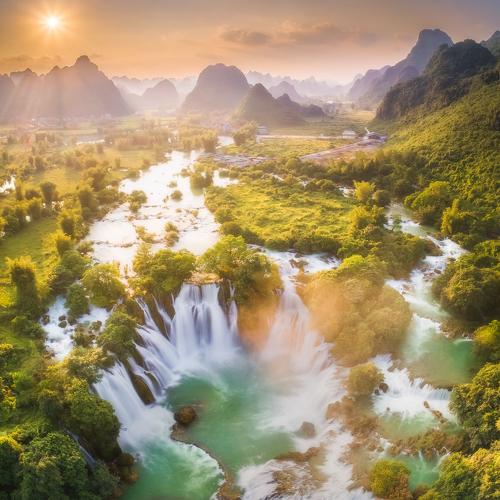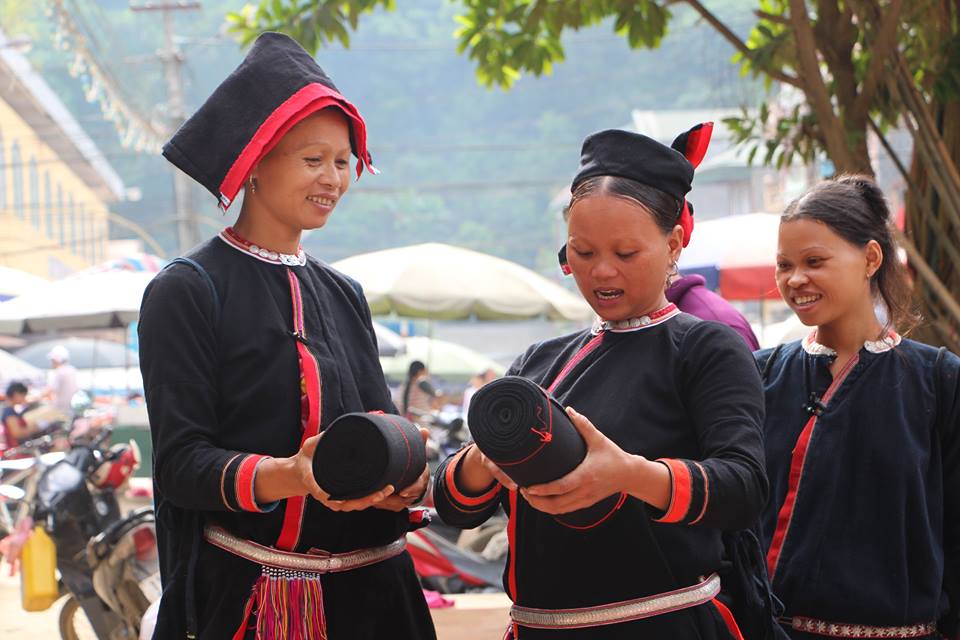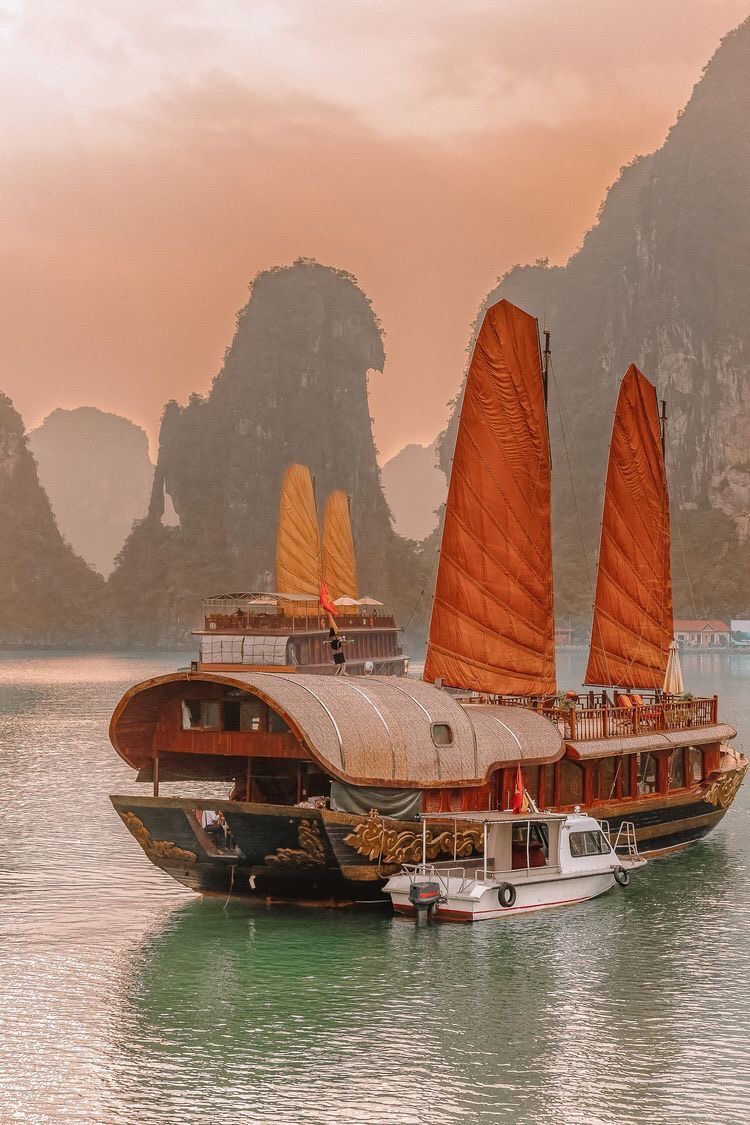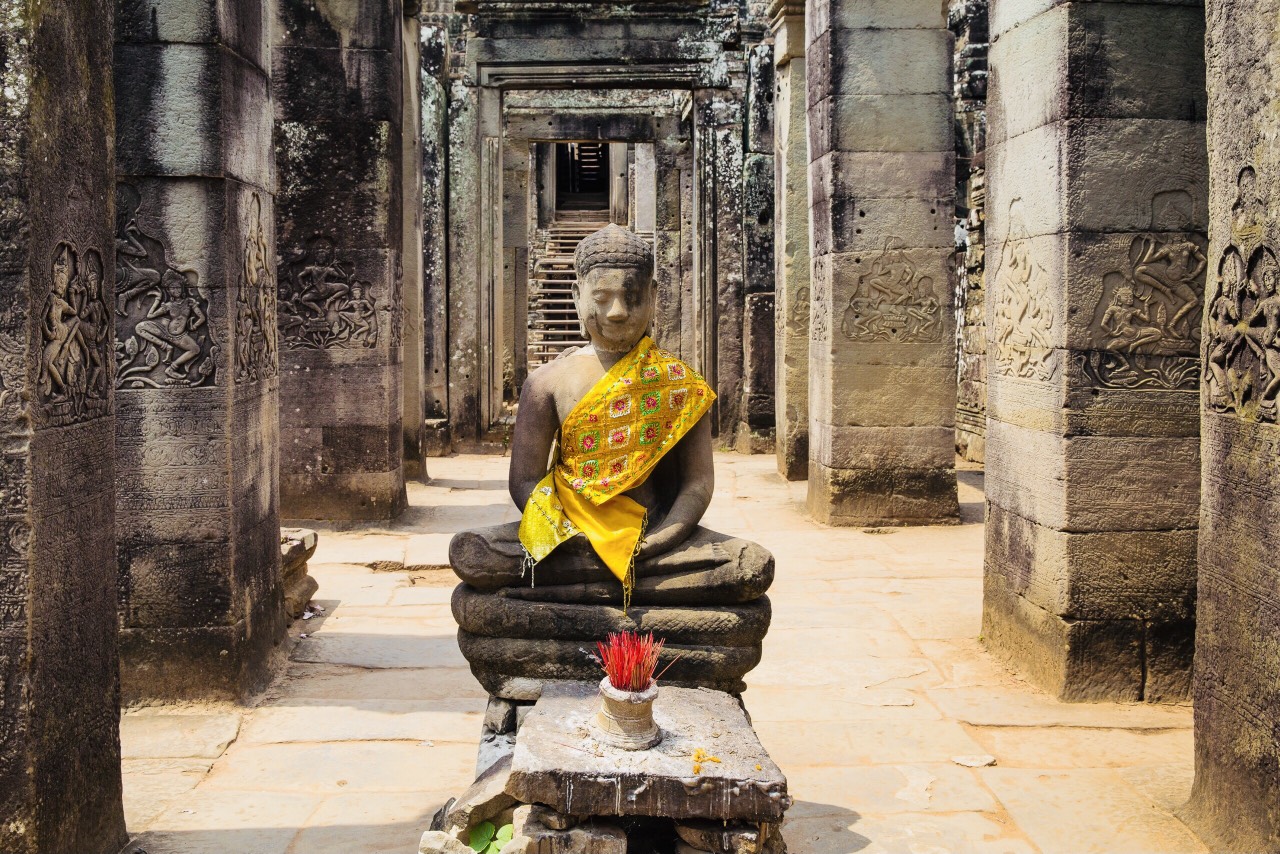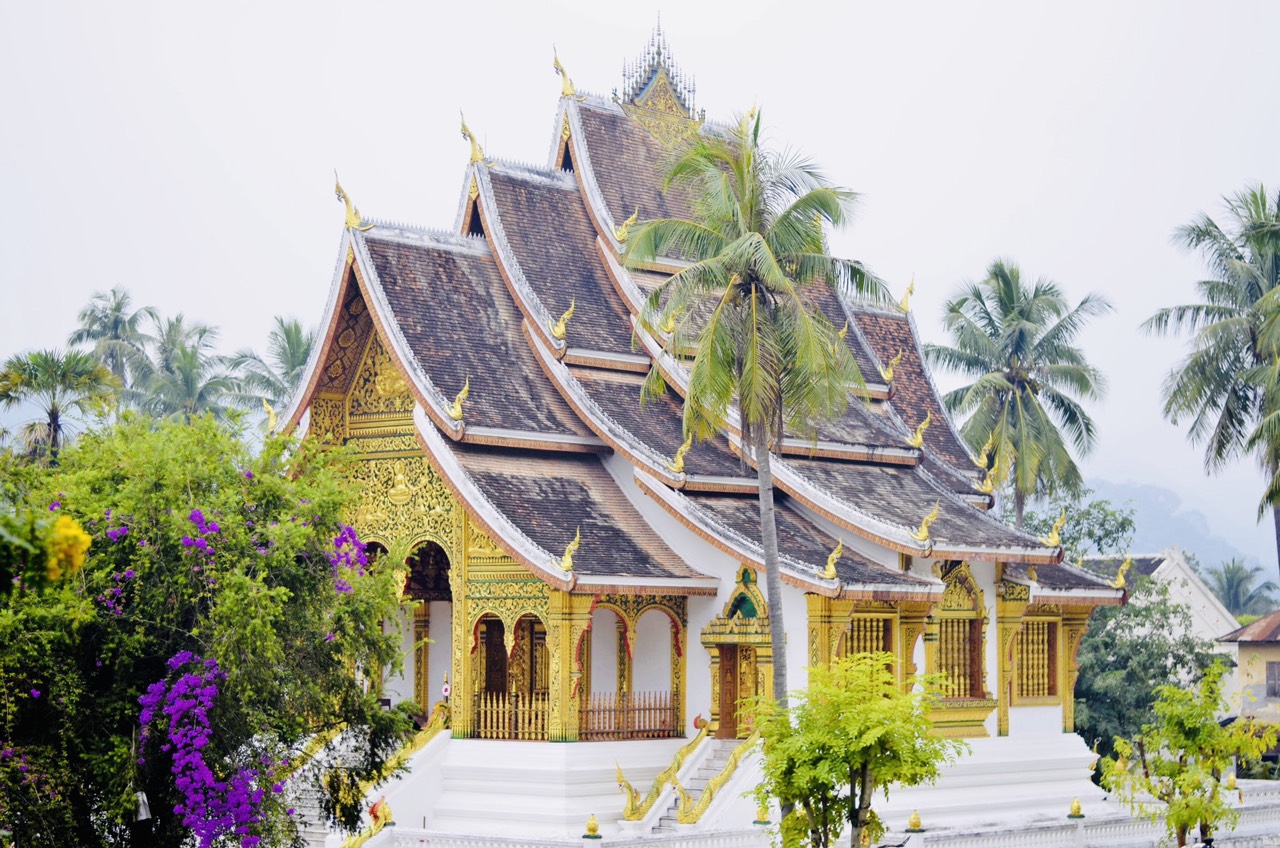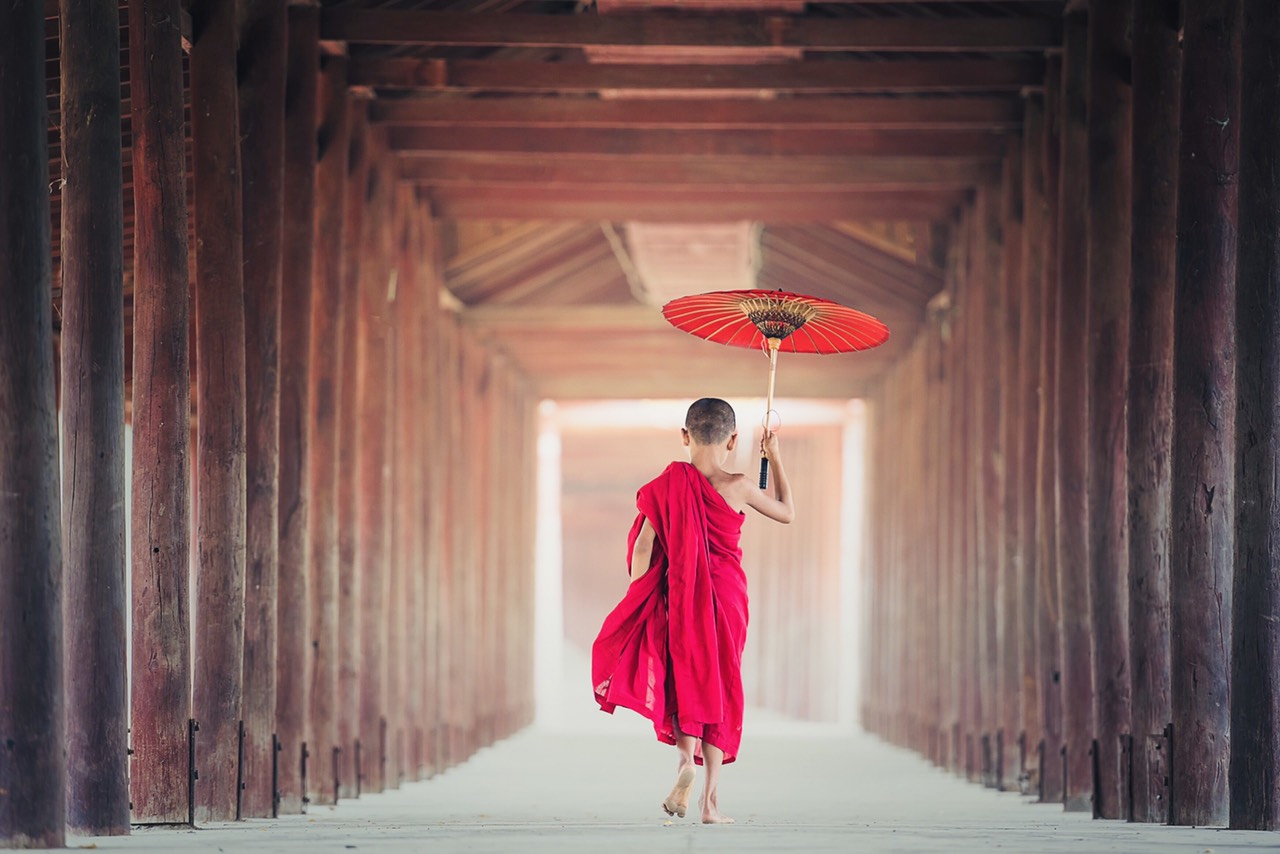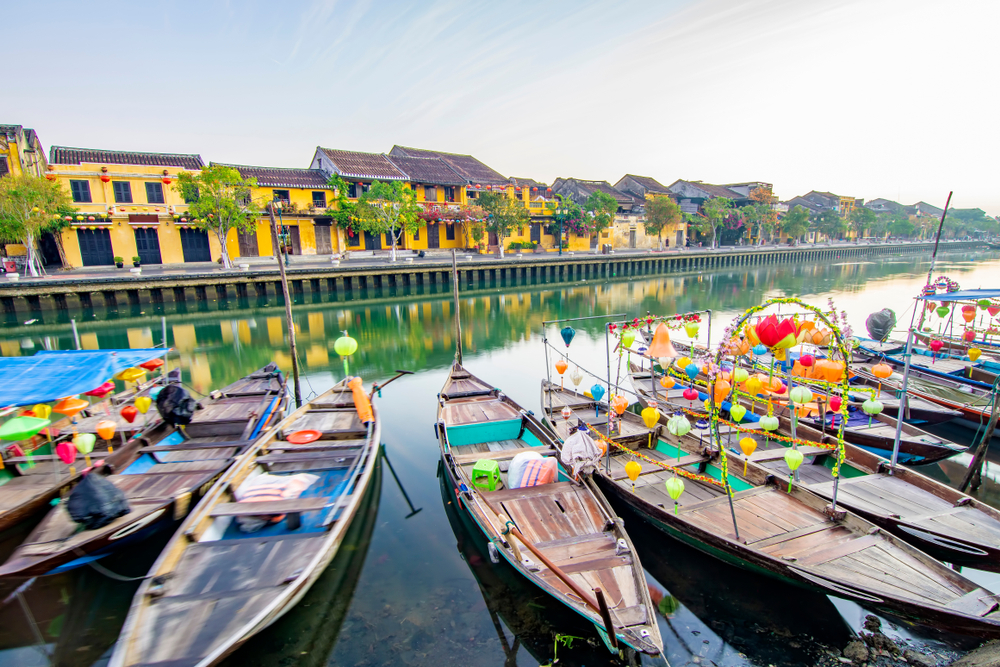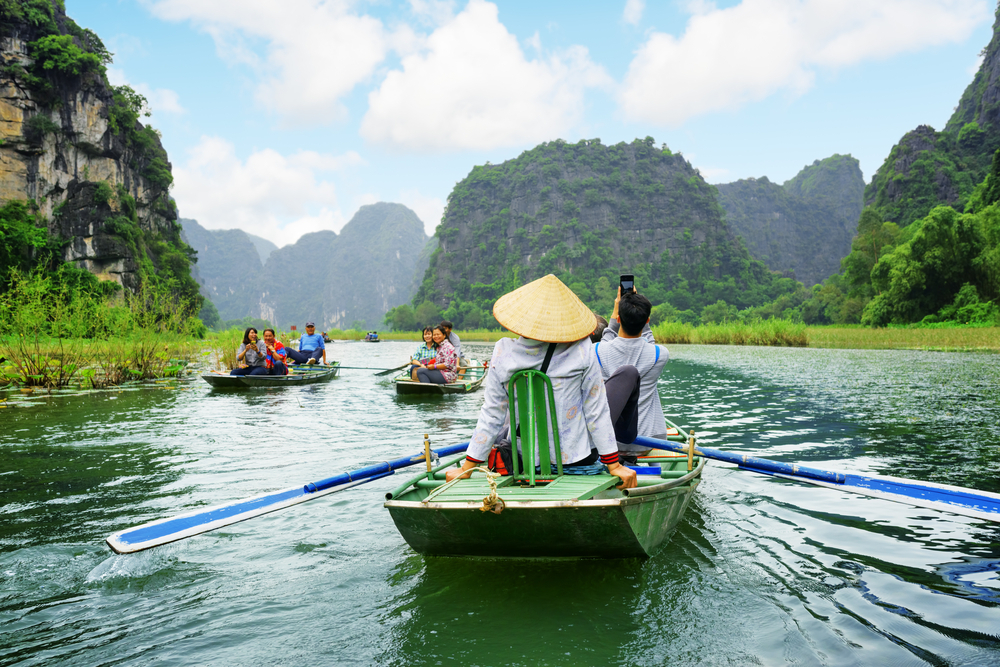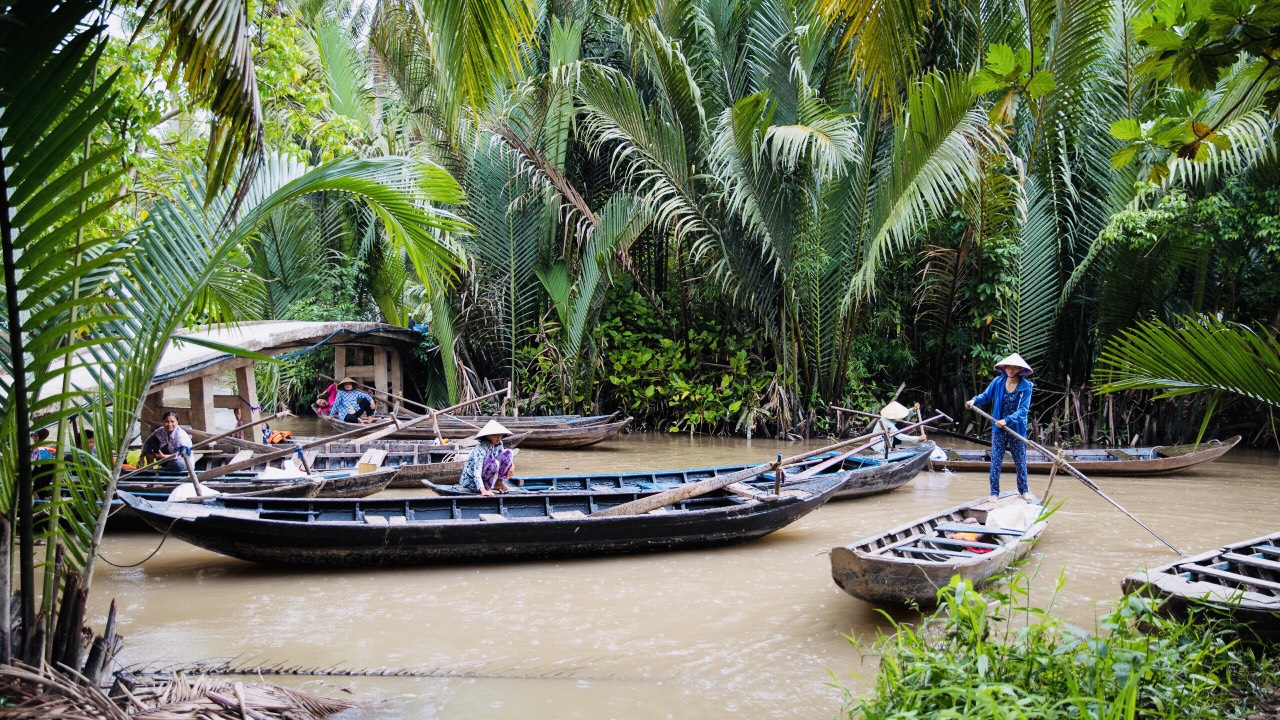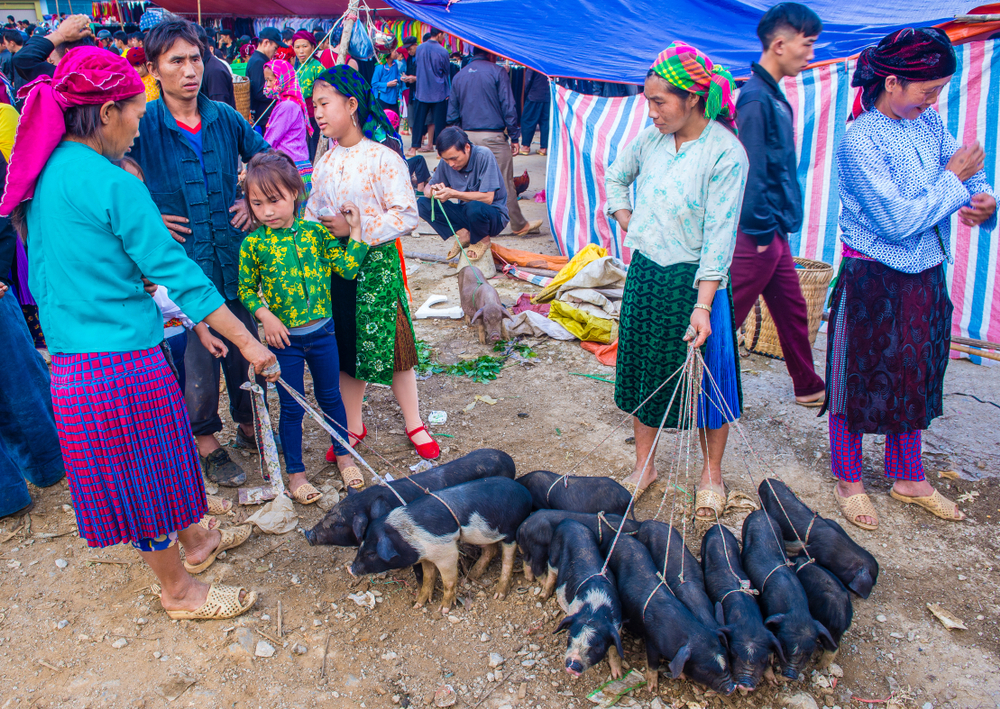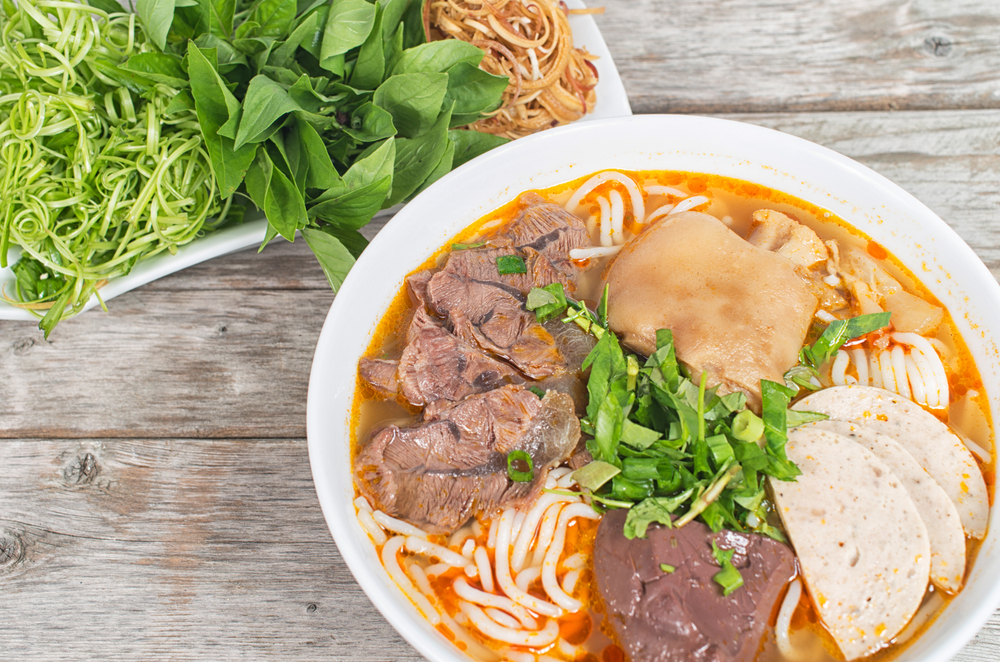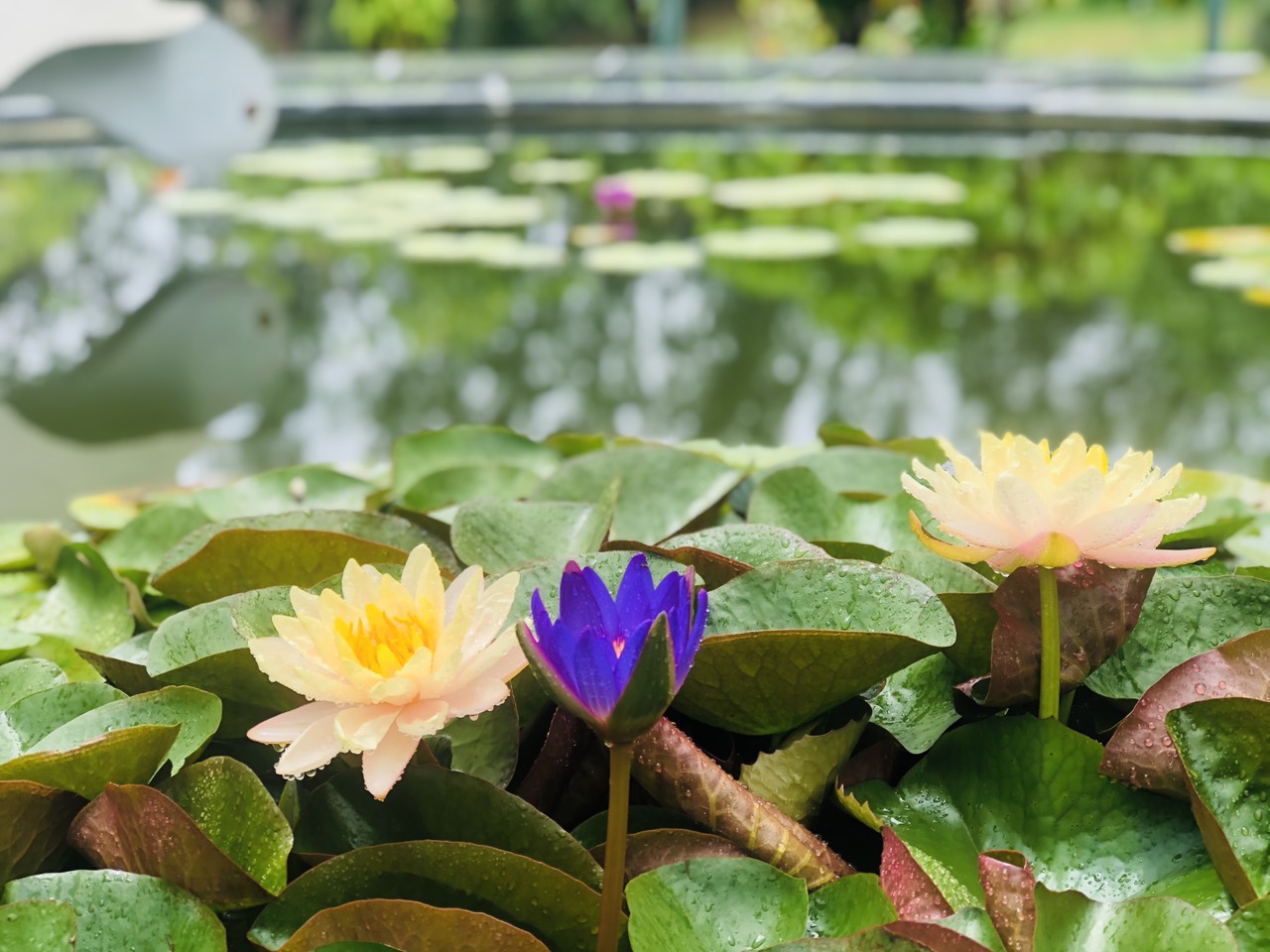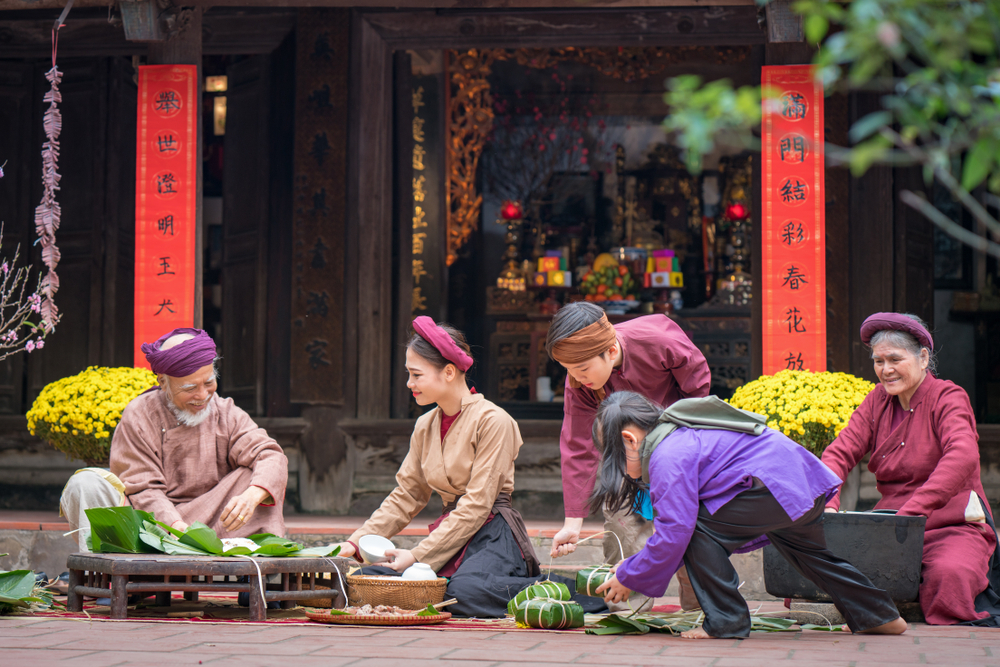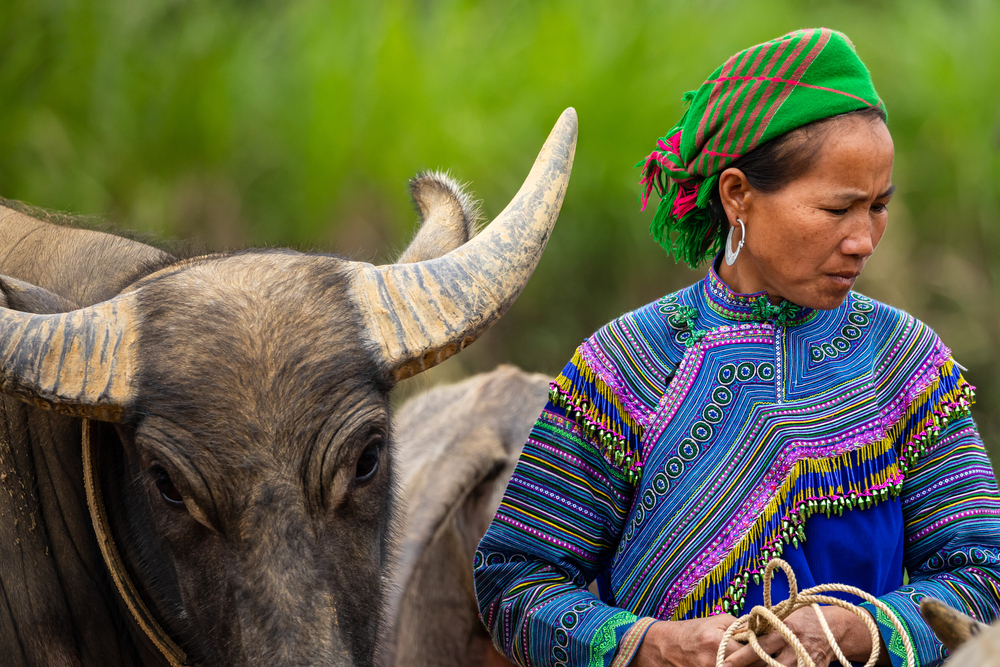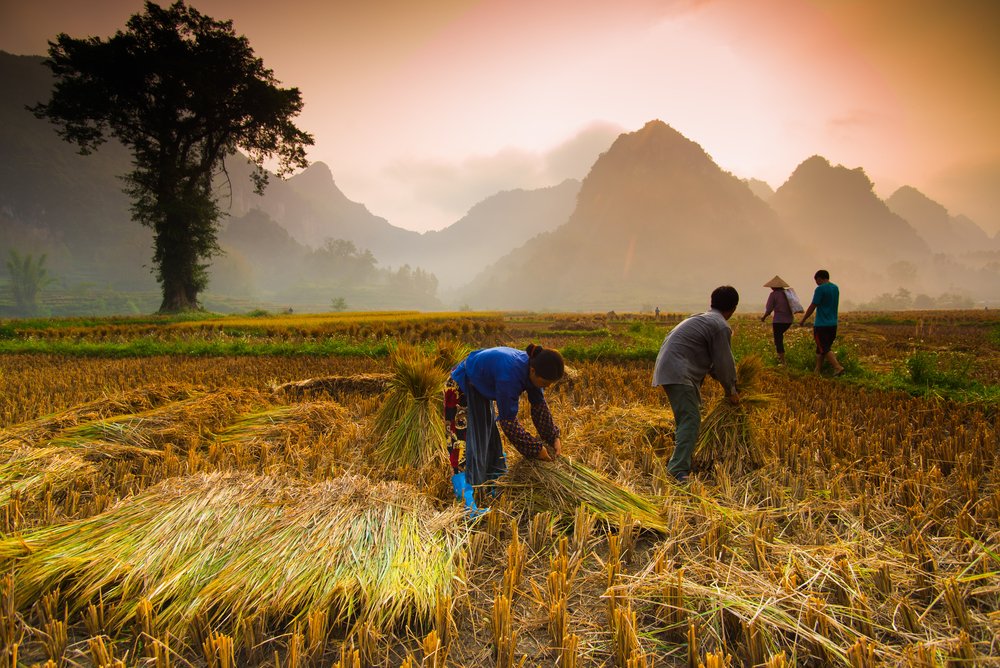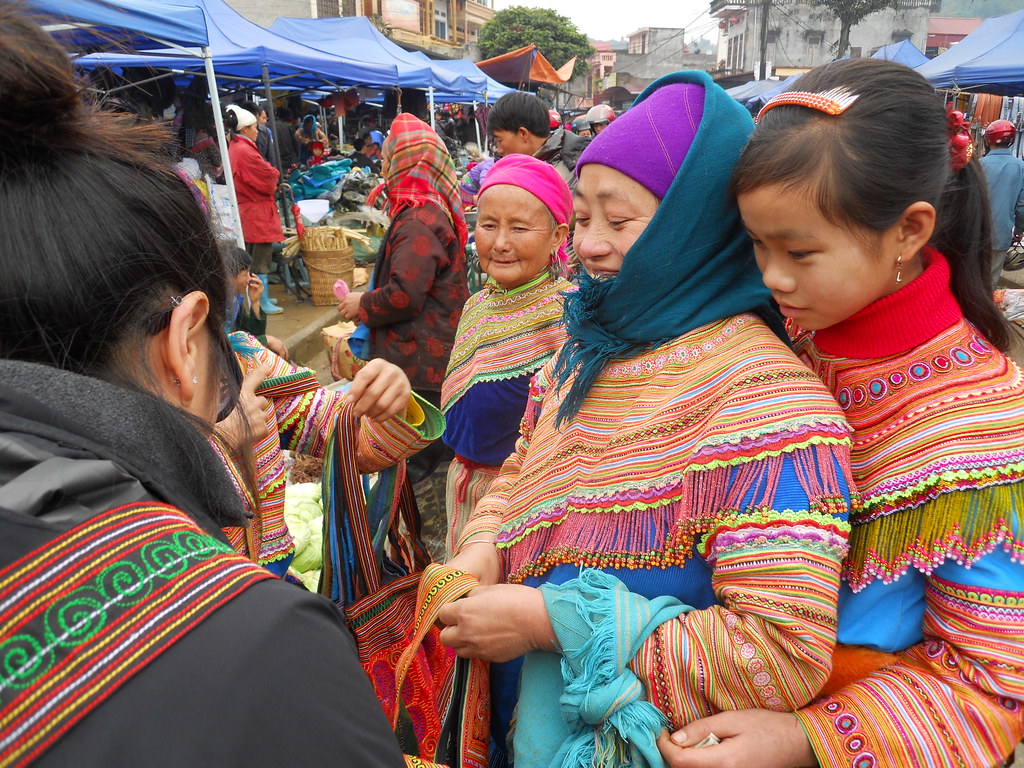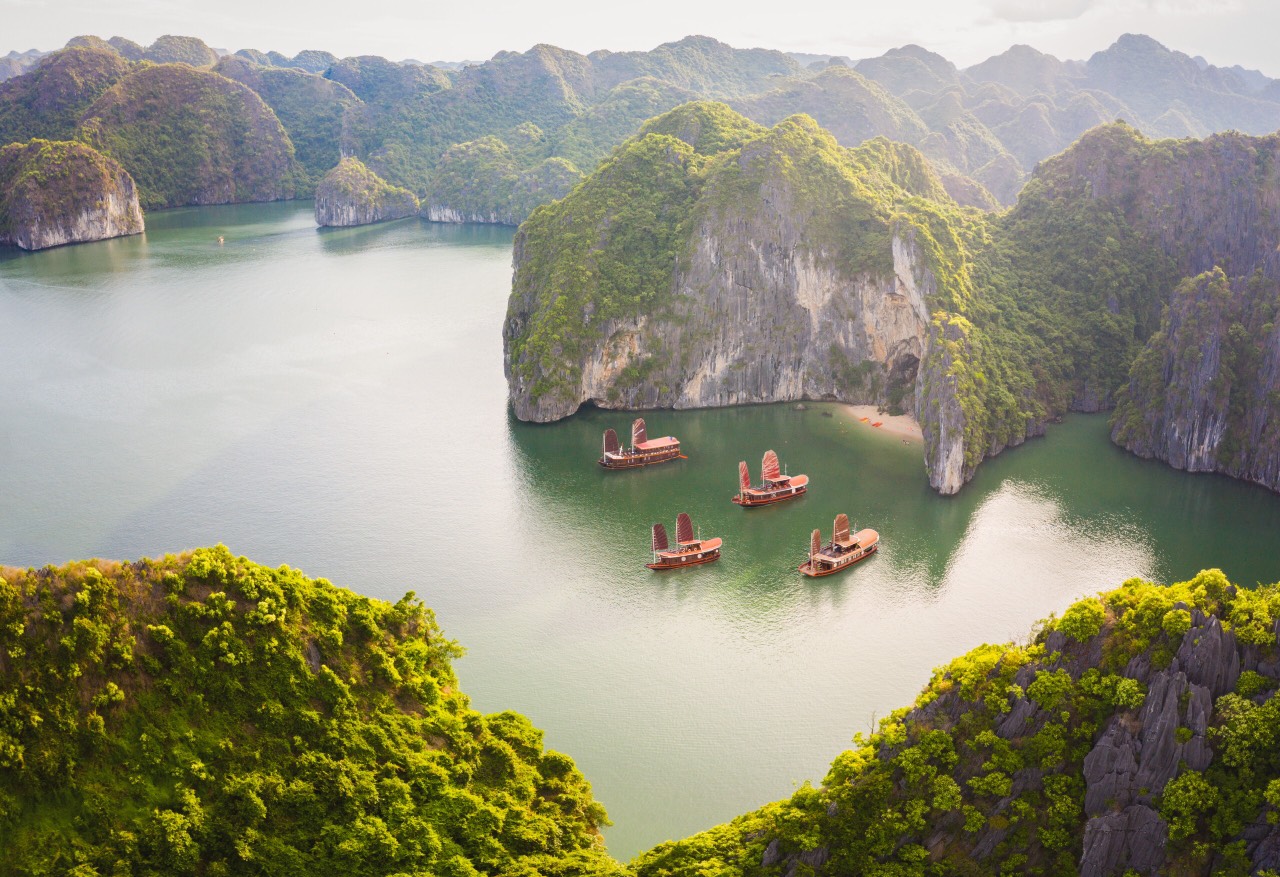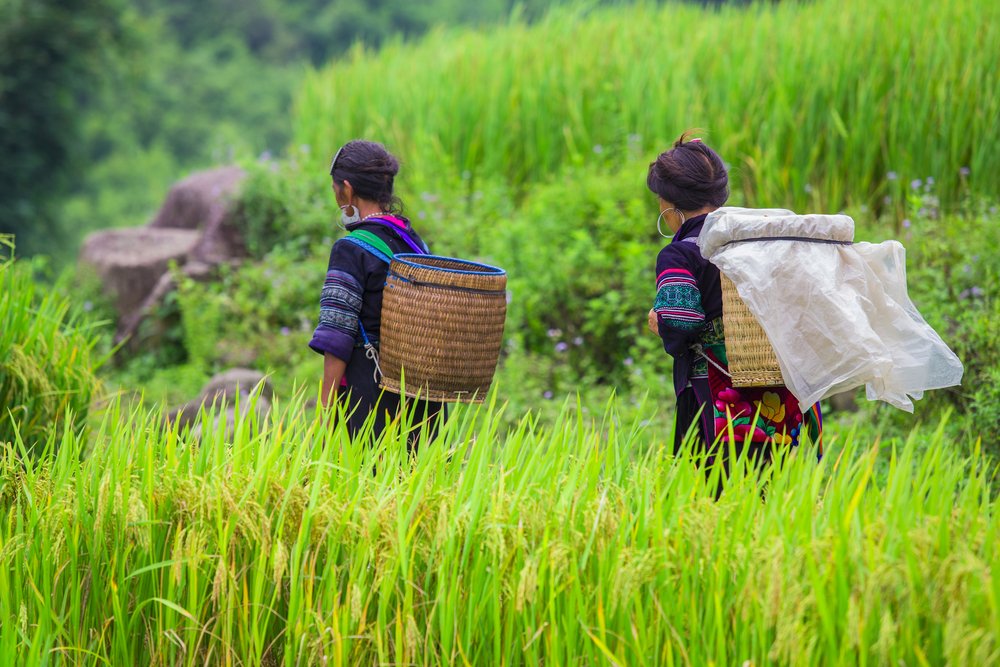
Trekking in Sapa
Want to trekking through the picturesque landscapes of rice terraces to meet Vietnamese ethnic minorities? Then get ready for your trip to Sapa ?
Located in the Hoang Lien Son mountain range in northwestern Vietnam, Sapa is a former colonial-era climatic resort located at an altitude of 1,500 meters. Thanks to its mountainous terrain and the diversity of ethnic minorities, this queen of the mountains offers a variety of trekking options. The grandiose landscapes and unusual encounters will make your stay an unforgettable experience.
Sapa and its surrounding villages offer several trekking routes suitable for all types of walking levels. There are itineraries of a few hours as well as big treks of several days with strong differences in altitude.
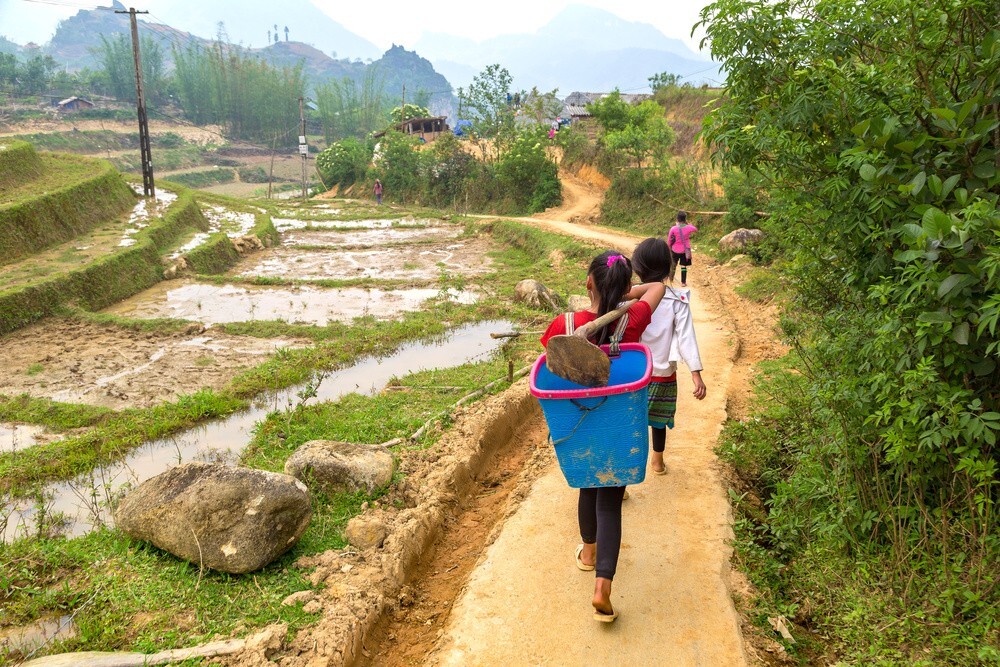 During your trek, you will be fascinated by the mountainous landscape and the way of life of ethnic minorities. The trek will take you through spectacular rice terraces, bamboo forests and steep villages accessible by suspension bridges.
During your trek, you will be fascinated by the mountainous landscape and the way of life of ethnic minorities. The trek will take you through spectacular rice terraces, bamboo forests and steep villages accessible by suspension bridges.
Going on a trekking tour is the best way to explore the rich ethnic culture of this region. Sapa is the gateway to the diversity and mystery of ethnic minority culture in Vietnam. On the way, you will meet many ethnic groups, Hmong, Giay, Red Dao, Tay… Don’t miss the opportunity to stay with the locals in their traditional houses. It is a very original way to understand the different cultural aspects of the mountain ethnic groups.
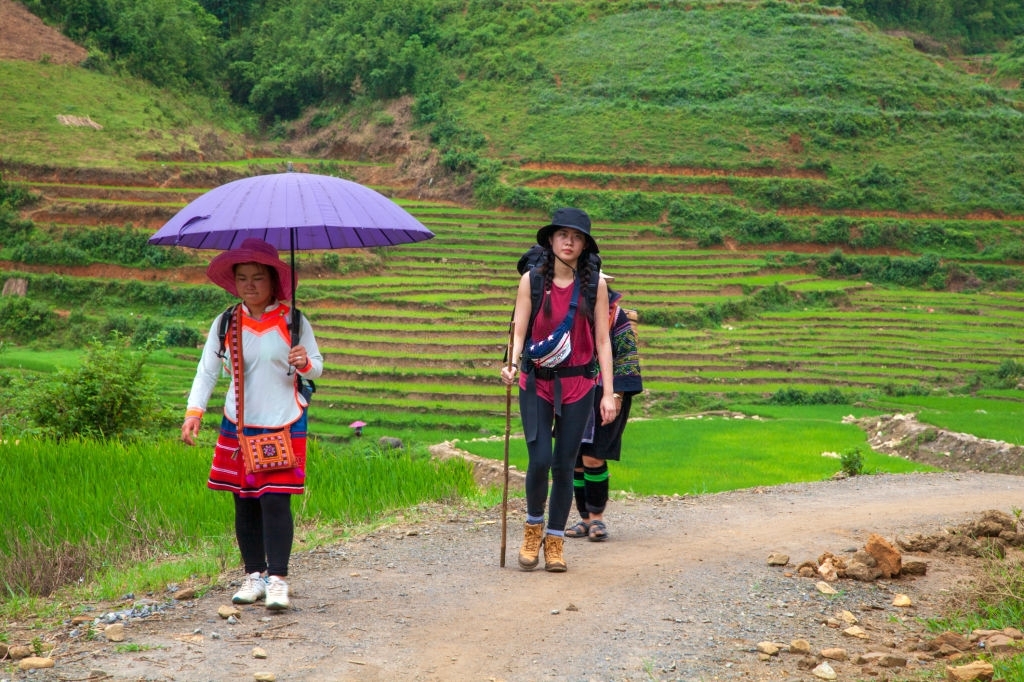
Where to trek in Sapa? Top of the beautiful places to trek in Sapa
Sapa and its surroundings are famous for the view of the rice fields at the gateway to the mountains. Whether it’s a day or a week in Sapa, there are hiking routes in the area to suit your needs.
Lao Chai Village
Nestled in the Muong Hoa valley, Lao Chai village is located 7 km from Sapa. This village is populated by Black Hmong and Giay people. The inhabitants are known for their cultivation of rice, corn and cassava. Lao Chai is almost in the middle of rice and corn terraces and offers walkers the possibility to walk along narrow paths between fields overlooking the whole area.
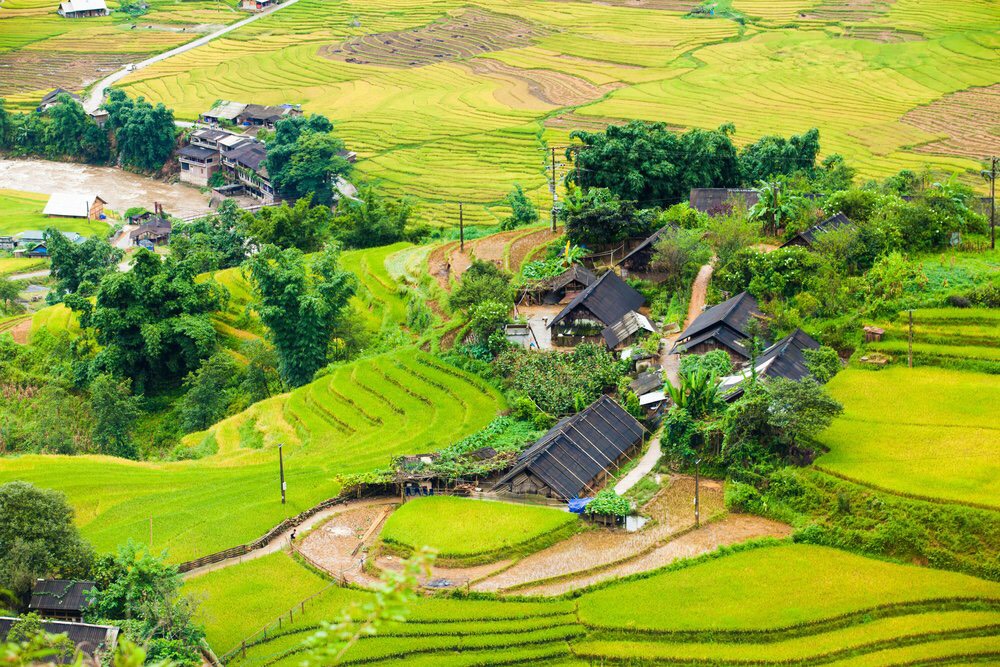 Ta Van Village
Ta Van Village
Ta Van is a village of the Giay ethnic group located about 10 km from Sapa. Trekking to Ta Van is an opportunity to contemplate beautiful scenes. The village is bordered by rice terraces in the heart of endless mountain ranges, you will walk along small paths through the green hills. You can stay in a local house built on the hillside and surrounded by rice fields, which will help you discover the local way of life.
Giang Ta Chai
Giang Ta Chai is located right next to the village of Ta Van. This village is home to Red Dao people. The trek to Giang Ta Chai village gives you the opportunity to explore rice terraces, bamboo forests and amazing waterfalls. Lao Chai – Ta Van – Giang Ta Chai is one of the best trekking routes in Sapa.
 Y Linh Ho village
Y Linh Ho village
Y Linh Ho village is located about 7 km southwest of Sapa. It is a small Hmong and Dao village surrounded by the Hoang Lien Son mountain range. To get there, you will have to take a rather long and winding road. Therefore, the village is rather quiet and peaceful.
Ta Phin village
Located 15 km from Sapa, Ta Phin village still preserves all the traditional customs of ethnic minorities. This village is home to Red Dao and Black Hmong people who have been living there for four centuries. The trek to Ta Phin will take you to discover the working scenes of the inhabitants in the rice terraces. And after a long day of walking, you can experience a herbal bath of the Red Dao.
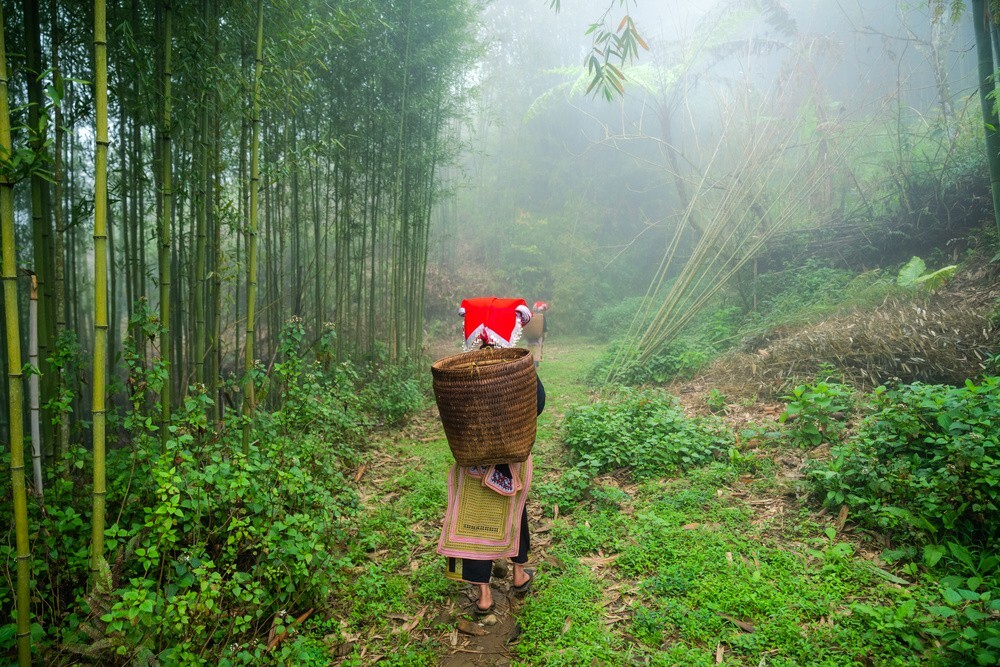 Ma Tra village
Ma Tra village
It is a typical Black Hmong village. The trek to Ma Tra offers you a breathtaking beauty of rice terraces and countless fruit trees such as peach, pear and plum trees. You will also discover the peaceful life of the Hmong and their warm hospitality.
When to trek in Sapa ?
The best times to trek in Sapa are from September to November and from March to May. The weather is dry, clear with long hours of sunshine.
In April and May, it is time to prepare the rice terraces for transplanting rice. During these months, the rice terraces filled with water are like the mirrors of the sky.
From early September to mid-October, it is harvest time and the rice fields are bustling with activity. You will enjoy the rice fields of ripe rice.
In summer, from June to August, the weather is very hot and the heat is unpleasant for the trek.
In winter, from December to February, it is cold and the weather is often foggy.




